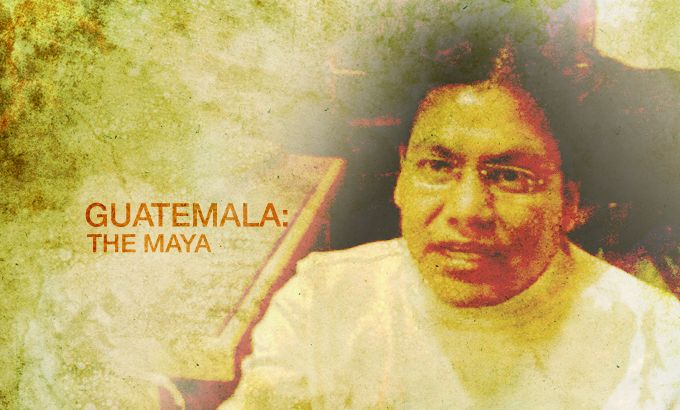
Guatemala: The Maya
Many Mayans complain of feeling like foreigners in their own land – a sentiment compounded by the dominance of Spanish.
During colonisation, the Mayans faced a grim defeat after a prolonged struggle against the Spanish Conquistadors. Their sacred sites were destroyed, their writings were burned. But the people are still there, using their ancient languages and practicing their culture.
In Guatemala, a country ravaged by civil war for most of the past 50 years, the Mayans make up around half of the population. The civil war, fought largely around the issue of Mayan rights to land and status, has left deep wounds on a society that has not yet managed to shake off its colonial past. Being Maya in Guatemala is much like being a foreigner in your own country, some say.
Keep reading
list of 4 itemsInside the pressures facing Quebec’s billion-dollar maple syrup industry
‘Accepted in both [worlds]’: Indonesia’s Chinese Muslims prepare for Eid
Photos: Mexico, US, Canada mesmerised by rare total solar eclipse
The fields of education, politics and the media all belong exclusively to the Spanish language, while smiling white faces and messages in Spanish look down on the Guatemalan people from billboards across the country.
“Our languages and culture are not being included [in public life],” says Saq’chen Roberto Montejo. “This is one way of making us invisible.”
The Maya communities speak more than 20 different languages – each of them is technically accepted by the state, but little effort to promote them takes place in practice.
In comparison to the bloody days of the civil war, when indigenous rights were virtually non-existent, the past two decades have seen developments in the place occupied by the Maya in Guatemalan society. But Maya communities still lack access to health care and social services.
“Decolonisation is a process that does not happen overnight,” says school principal Alvaro Coj. “We have been working on it for over 20 years, and we still don’t have all the answers.”